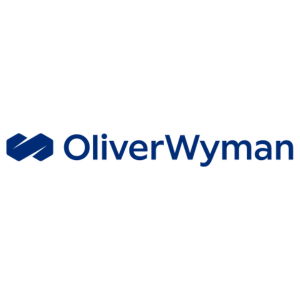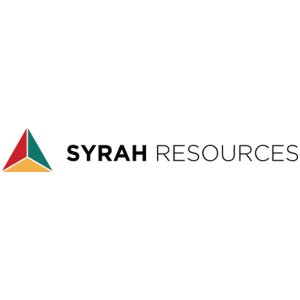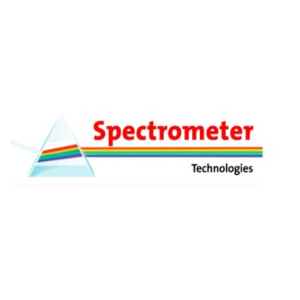Change is coming. Some change is coming due to processes in nature that we have neglected and worsened through our human behaviours. And they will impact us all – including our business assets and operations.
But changes are also coming due to the efforts of governments, technology development and the capital market. More than 200 governments have signed up to the Paris Agreement on climate change aiming for net zero GHG emissions – most of them by 2050. In doing so they have also increased their scrutiny on the environmental and social impact of that fundamental economic and technological transition. And governments in Europe are using the market and consumers’ willingness to push for better by demanding transparency of biodiversity and social standards data through the whole value chain of products.
From the perspective of FREYR Battery this is all great news!
We are listed on the New York Stock Exchange, registered in Europe, have a battery cell test facility under the arctic circle in Norway and plans for giga factories for battery cells in Norway, Finland, and the US. We are also considering both downstream and upstream factories at the same locations.
We will start to produce LFP (lithium, iron, phosphate) batteries for solar and wind power plants to leverage more renewable energy capacities. We expect to also produce batteries for EVs and E-trucks. And we are licencing the technology – starting out with a production technology from the US called 24M – faster, simpler, and with less environmental footprint producing semi-solid batteries.
Our promise to our customers is to give them low-carbon batteries. This means less than 80-90% GHG emissions compared to the products in the market today counting from the mining of minerals and out our gates.
FREYR Battery must look globally for the supply of the cathode, anode, electrolyte, pouch, etc. that we use to manufacture a battery cell. We also engage with the producers of these supplies to discuss co-investments to increase their capacity and expand to Europe or the US. We discuss with them a potential direct engagement from us in securing the raw materials for the production.
For an LFP producer, Africa is highly relevant, mainly for the phosphor sources in Morocco. On the anode side, graphite is the active material of choice, and Africa accounts for a significant share of graphite abundance. And later, as FREYR expands to other battery chemistries, the cobalt, magnesium, and lithium sources in Africa are potential opportunities.
Wherever FREYR establishes a giga factory to produce battery cells, we will establish a digital Battery Passport for each cell. A unique tracking number and technology – like a QR code – which will allow governments, customers, ourselves and as much as possible the public, to digitally access information about that battery cell.
The EU has already made this obligatory for all battery products put on their market as of 2026. And they have detailed requirements to the information that needs to be made available. This includes information that must be provided from all the producers in the whole value chain – including miners and process industry. Even the batteries that we will produce in the US, will get an EU-aligned battery passport with the needed information, because we want to be able to export batteries form the US to Europe.
Change is coming. Anyone that buys a product will be able to see how all involved businesses behind that product is behaving – towards the environment and towards people.
From the perspective of FREYR Battery this is all great news!
We are listed on the New York Stock Exchange, registered in Europe, have a battery cell test facility under the arctic circle in Norway and plans for giga factories for battery cells in Norway, Finland, and the US. We are also considering both downstream and upstream factories at the same locations.
We will start to produce LFP (lithium, iron, phosphate) batteries for solar and wind power plants to leverage more renewable energy capacities. We expect to also produce batteries for EVs and E-trucks. And we are licencing the technology – starting out with a production technology from the US called 24M – faster, simpler, and with less environmental footprint producing semi-solid batteries.
Our promise to our customers is to give them low-carbon batteries. This means less than 80-90% GHG emissions compared to the products in the market today counting from the mining of minerals and out our gates.
FREYR Battery must look globally for the supply of the cathode, anode, electrolyte, pouch, etc. that we use to manufacture a battery cell. We also engage with the producers of these supplies to discuss co-investments to increase their capacity and expand to Europe or the US. We discuss with them a potential direct engagement from us in securing the raw materials for the production.
For an LFP producer, Africa is highly relevant, mainly for the phosphor sources in Morocco. On the anode side, graphite is the active material of choice, and Africa accounts for a significant share of graphite abundance. And later, as FREYR expands to other battery chemistries, the cobalt, magnesium, and lithium sources in Africa are potential opportunities.
Wherever FREYR establishes a giga factory to produce battery cells, we will establish a digital Battery Passport for each cell. A unique tracking number and technology – like a QR code – which will allow governments, customers, ourselves and as much as possible the public, to digitally access information about that battery cell.
The EU has already made this obligatory for all battery products put on their market as of 2026. And they have detailed requirements to the information that needs to be made available. This includes information that must be provided from all the producers in the whole value chain – including miners and process industry. Even the batteries that we will produce in the US, will get an EU-aligned battery passport with the needed information, because we want to be able to export batteries form the US to Europe.
Change is coming. Anyone that buys a product will be able to see how all involved businesses behind that product is behaving – towards the environment and towards people.

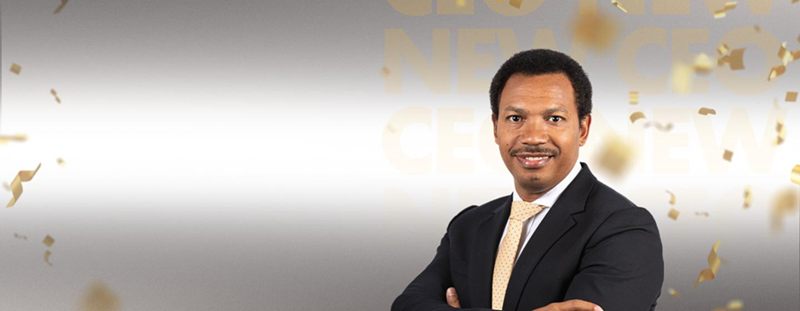
.jpg?ext=.jpg)
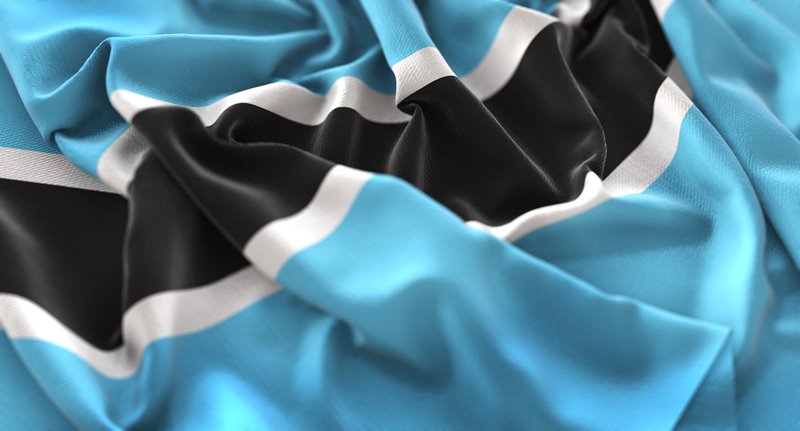
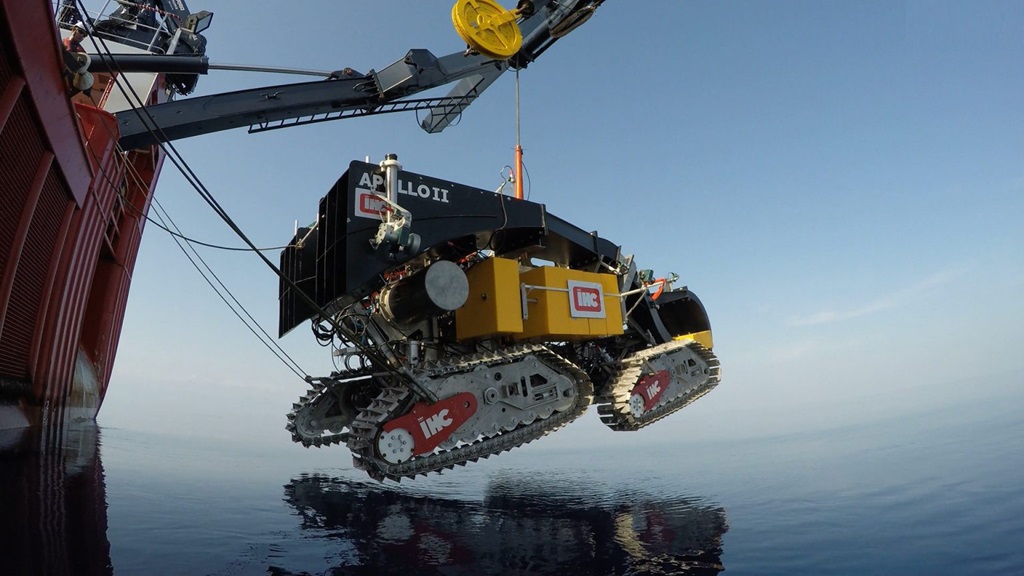
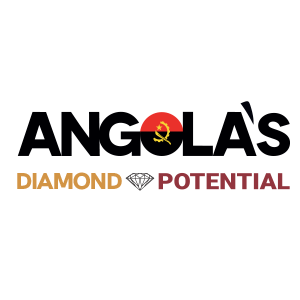

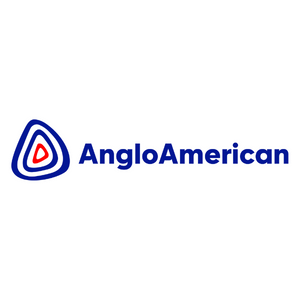
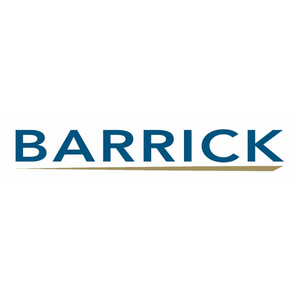
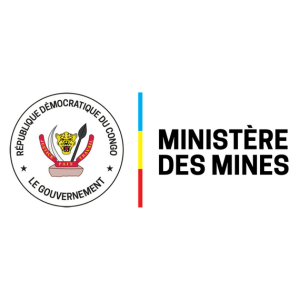
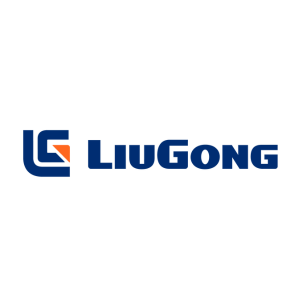


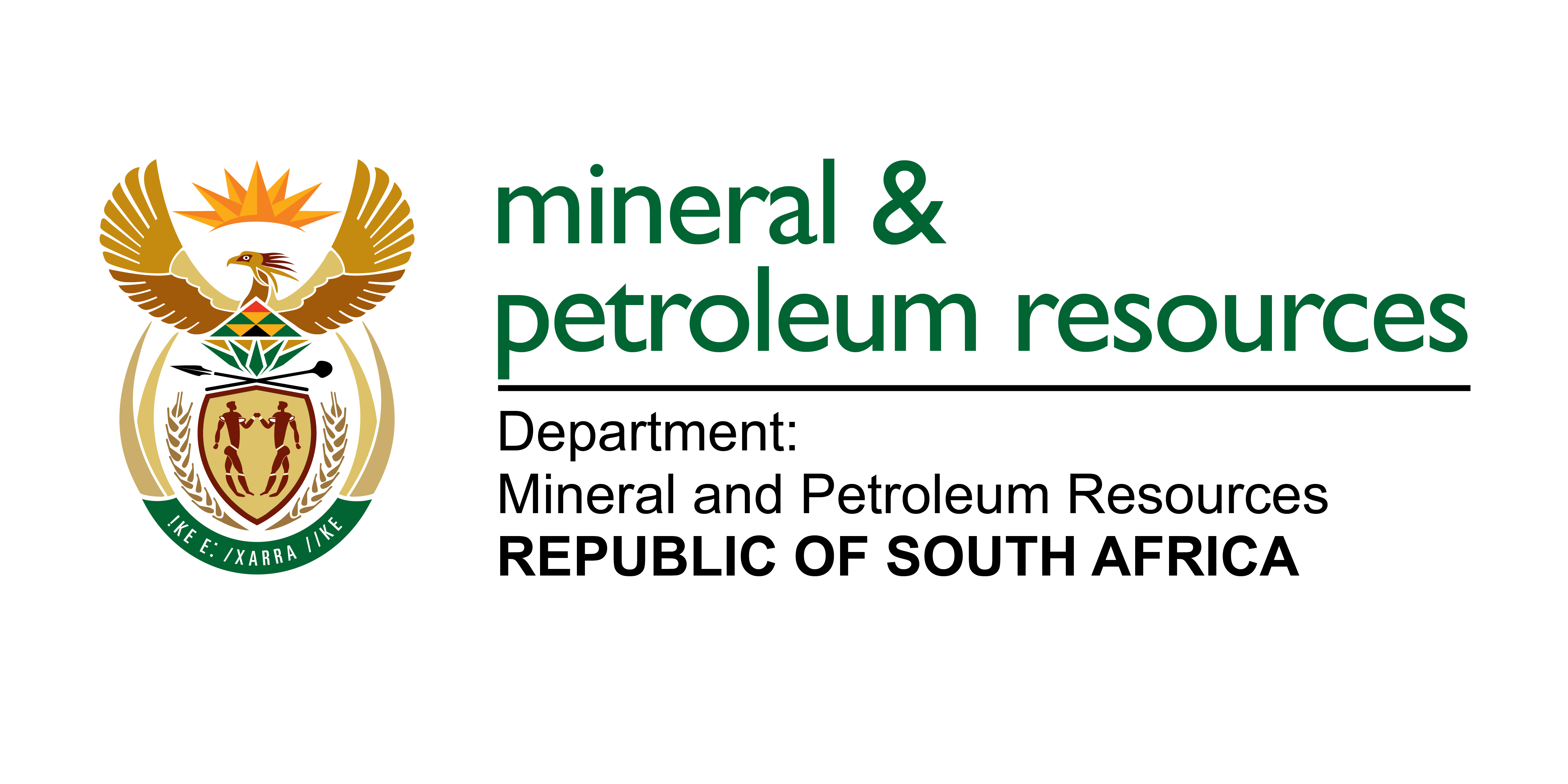-Logo_CMYK_1.jpg?width=1000&height=500&ext=.jpg)


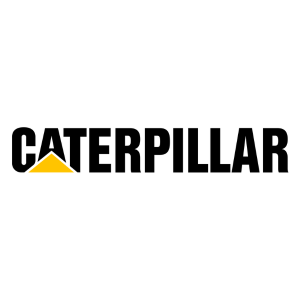

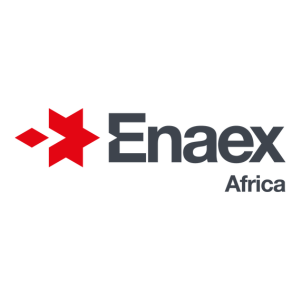

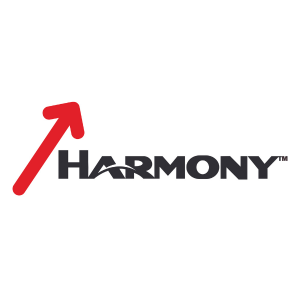
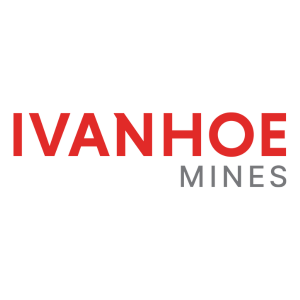
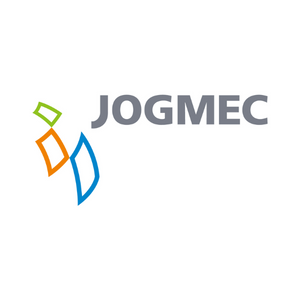

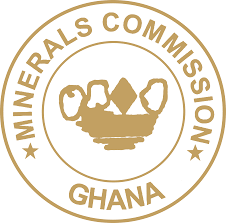
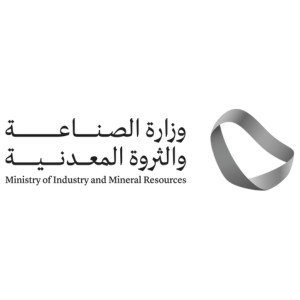
_mi25-weblogo.png?ext=.png)
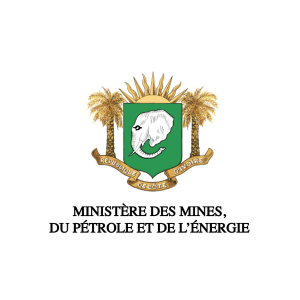
_1.png?ext=.png)




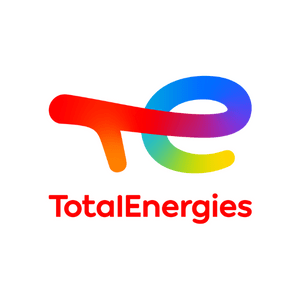




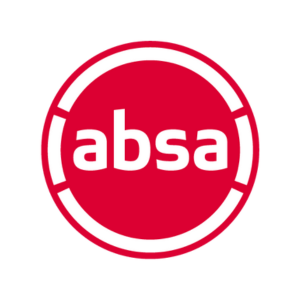
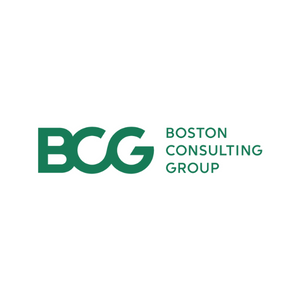





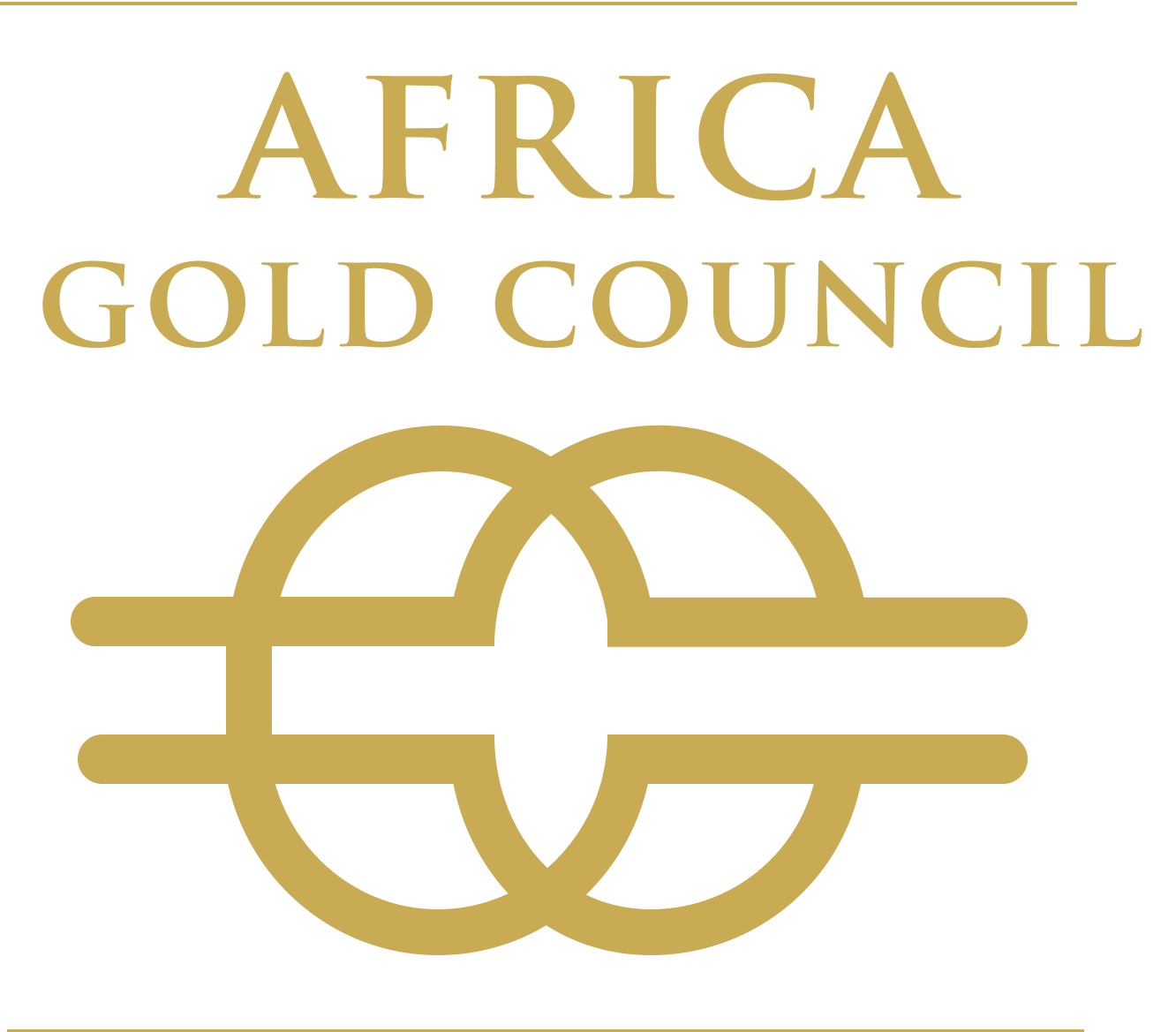
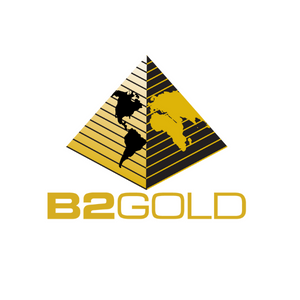
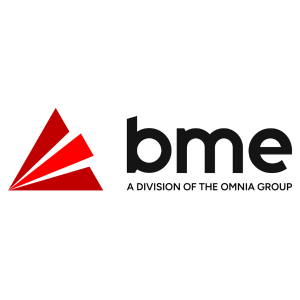


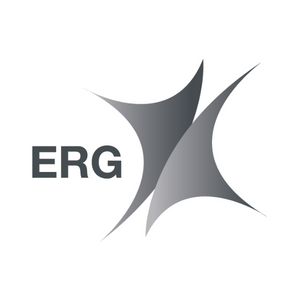




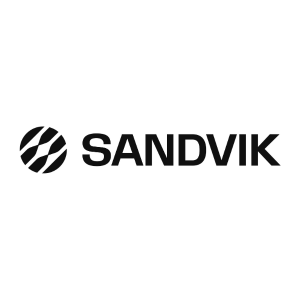


_mi25-weblogo.png?ext=.png)
